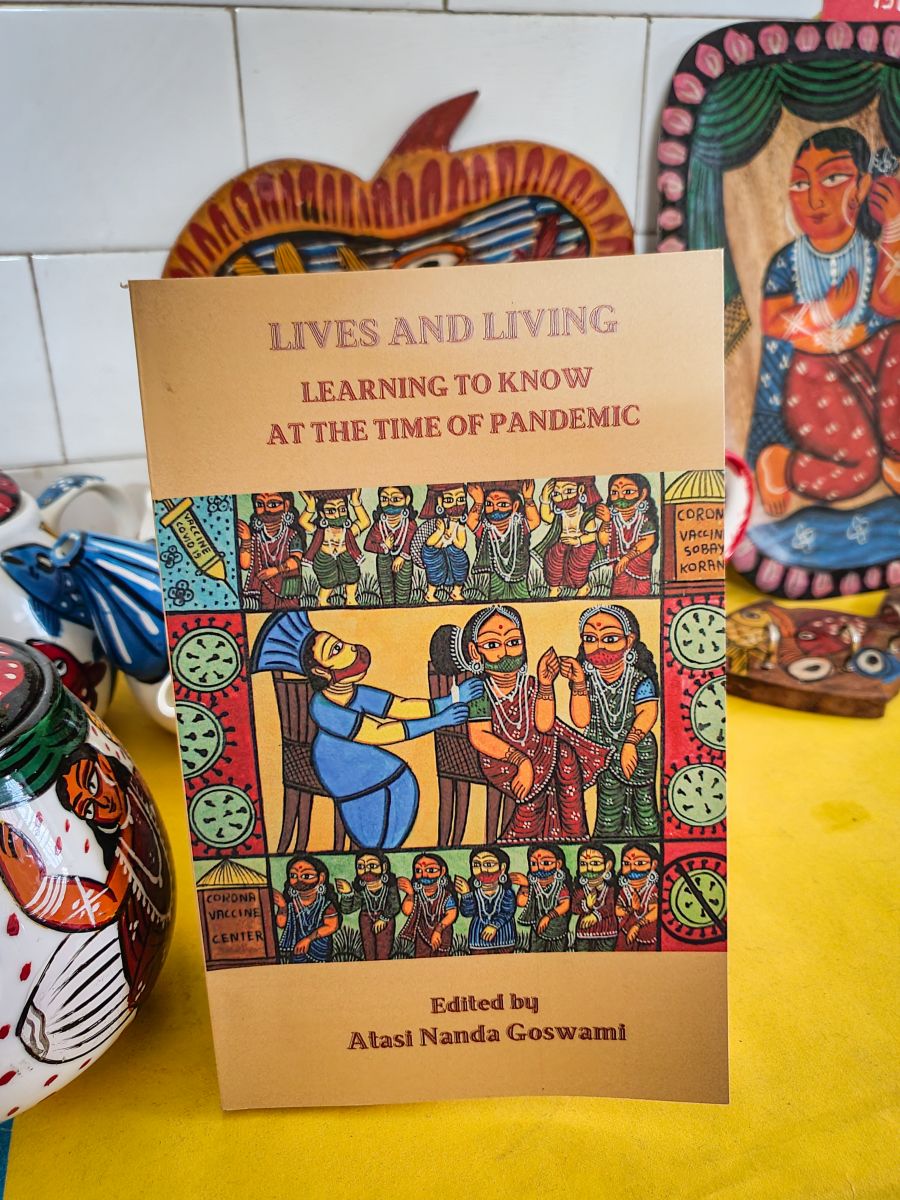
|
Contents |
||
|
Isolation and exclusion |
||
|
Migration, Citizenship and The State |
Ganesh N. Devy |
2 |
|
Whose City: Mapping Exclusions in Urban India |
Sheela Prasad |
10 |
|
Living with the Landscape, an ecology of being: Stories from the Sundarban Delta |
Prama Mukhopadhyay |
23 |
|
Controversies in the Arts: From Minneapolis to Mumbai |
Arshiya Sethi |
33 |
|
Decline of The Left in India: A Dalitbahujan Perspective |
Adapa Satyanarayana |
53 |
|
Social and Economic Impact of the Pandemic |
||
|
COVID-19 and An Alterternative Future |
Anup Sinha |
61 |
|
Why History of Medicine? |
Deepak Kumar |
65 |
|
Exclusion and Social Un-change |
Samipendra Banerjee |
|
|
Digital Divide and Digitalisation of Teaching |
Pradosh Nath |
|
|
Pandemic and Onset of New Normal |
||
|
Lives and True Sense-Ability to Live: Livable urbanism |
Joy Sen & Arpan Paul |
|
|
Beyond Art and Social Discourse – Folk Media In The Time of Crisis |
Mousumi Bhattacharjee |
|
|
করোনাত্তোর নিউ নরমাল লাইফের নয়া যোগাযোগ কৌশল |
Rajiv Nandy |
|
|
Ecosystem Health & Living vs Ecology |
Kankana Das |
|
|
COVID-19 and the Vernacular Artists of West Bengal: Survival of the 'Craftiest'? |
Anirban Banerjee & Sourav Roy |
|
|
Learning to Know: Lives and Living |
||
|
European Puppet Theatre and Culture Focus on the puppetry and its role in European culture and European history |
Dimitri Jageneau |
|
|
Tracing Living Heritage of an Urban Craft: Goldsmiths of Garanhata in Chitpur Road, Kolkata |
Rishika Mukhopadhyay |
|
|
We had no money. It was fun! |
Sagnik Sen |
|